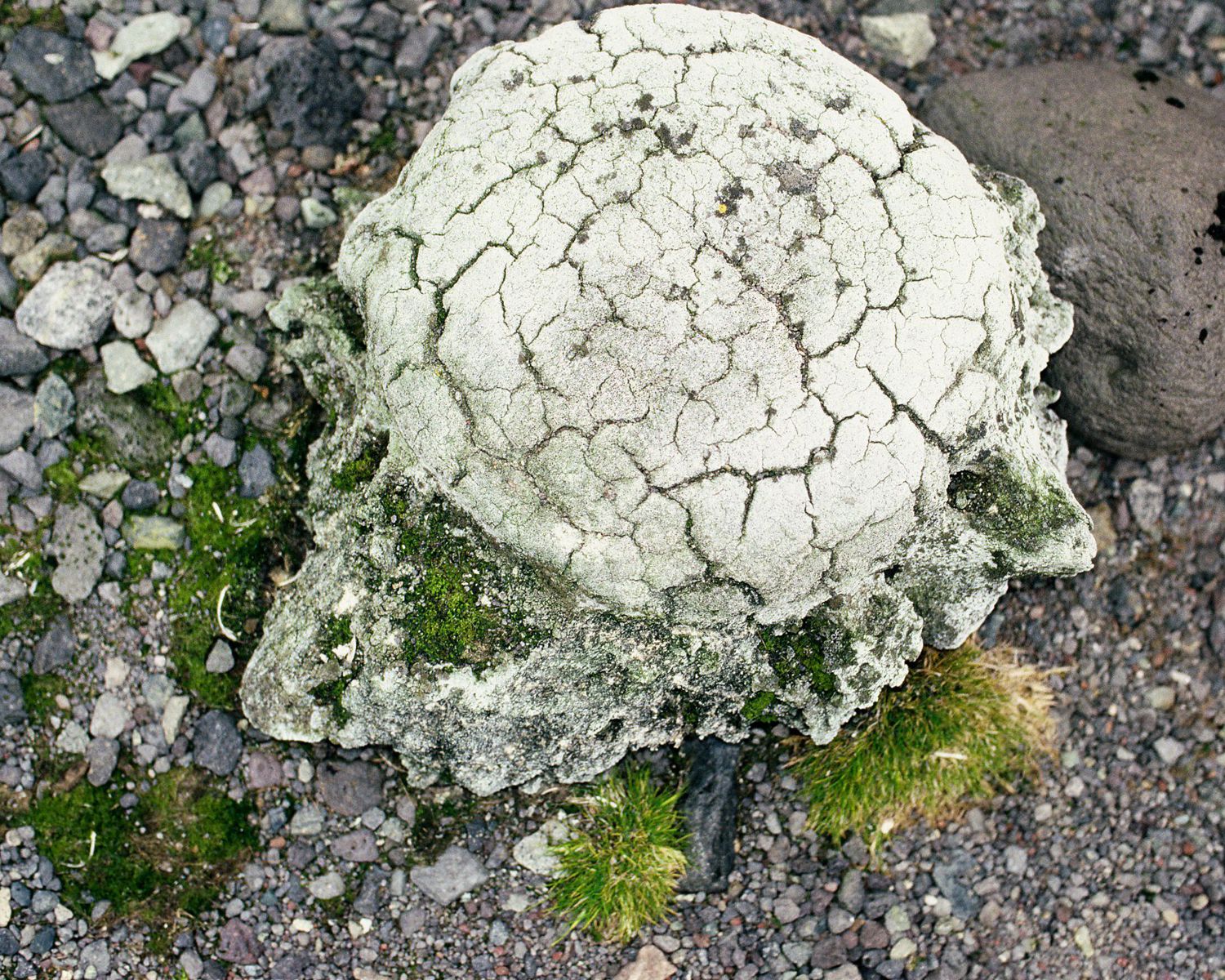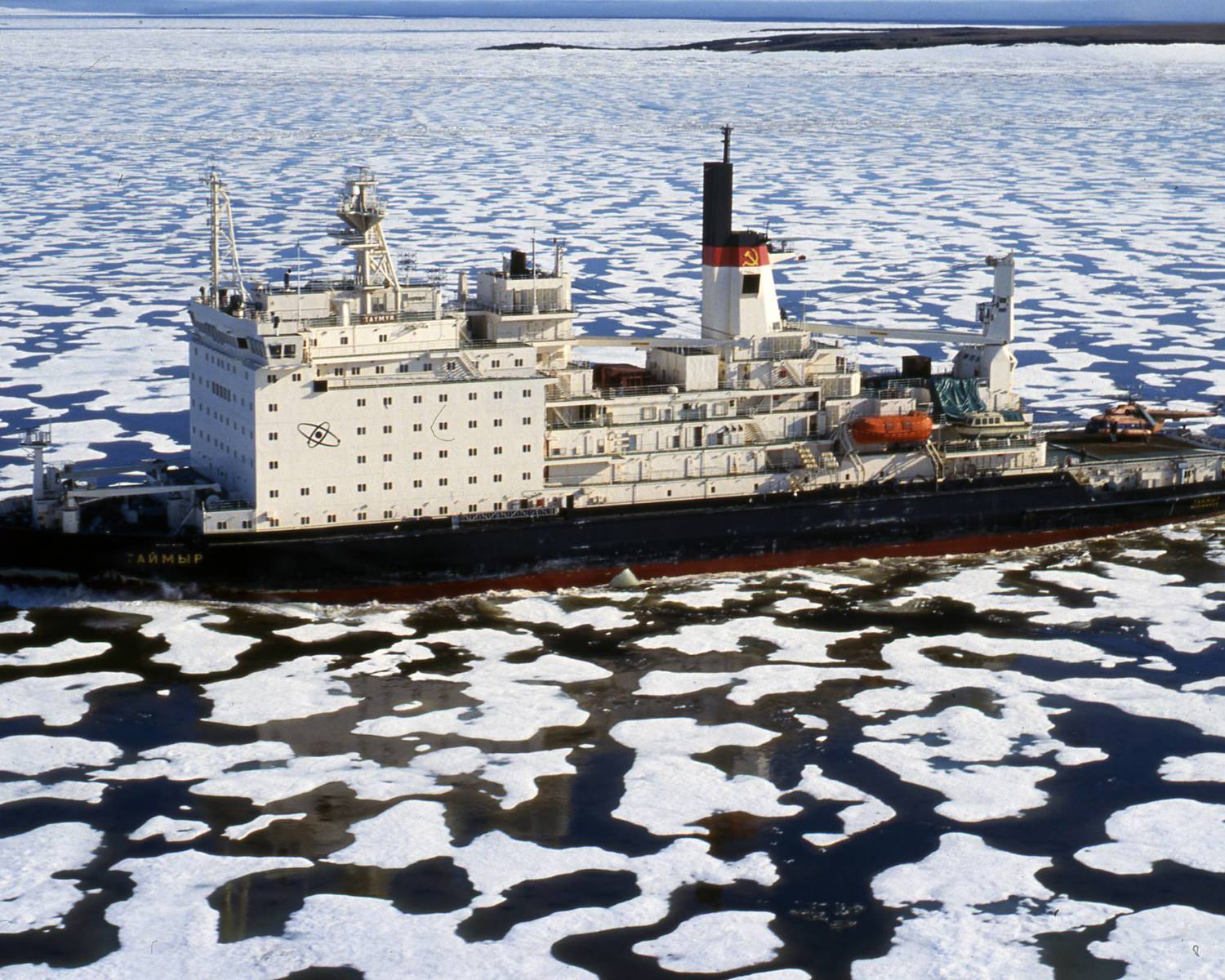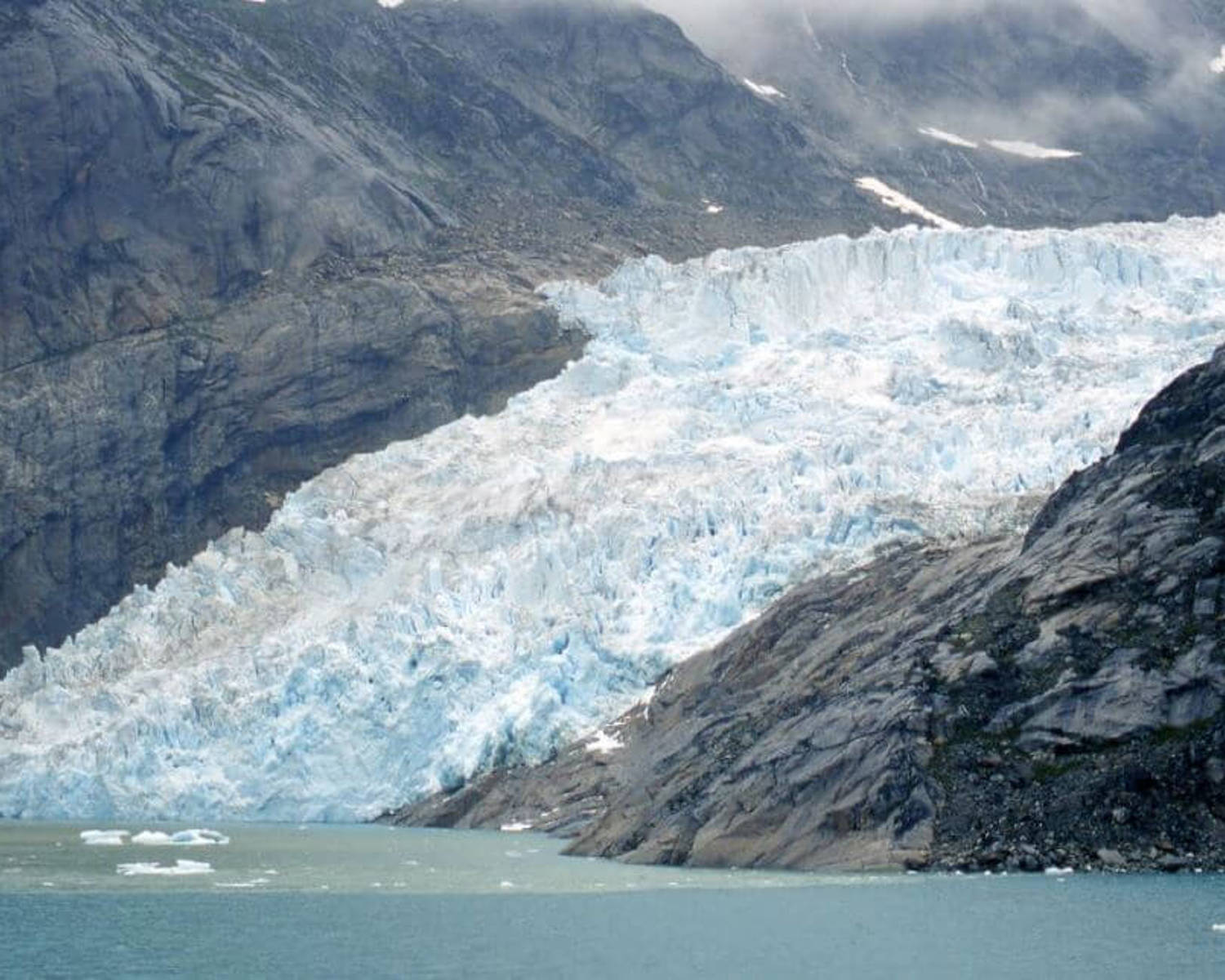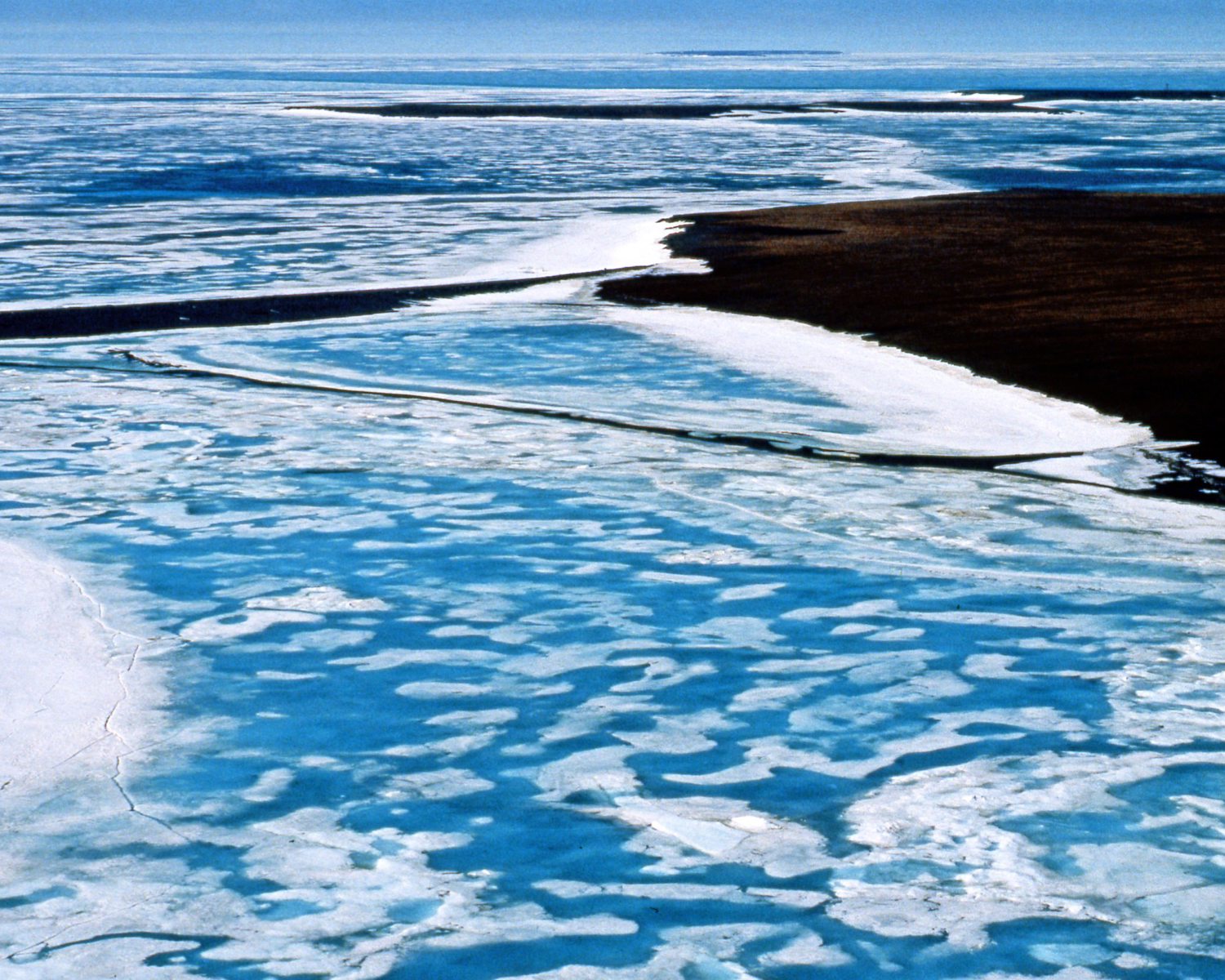Biochar

The most widely studied carbon storage technique is the large-scale application of biochar. Biochar is produced when biomass is pyrolysed - a thermal process in which oxygen for combustion is lacking.
Although carbon is released during pyrolysis, this could potentially be captured, and the remaining carbon is then stabilized and can be removed from the atmospheric carbon cycle. Generally, biochar is envisioned to be used as a soil amendment, which allows carbon to be stored while benefiting soil fertility, or even to restore soil quality of degradation or polluted areas. Yet, it could also be used in production processes or stored underground.
Analysis overview

Technological Readiness Level (TRL)
High 3
Biochar has been used throughout history, mostly in tropical areas. Although the technology therefore already exists, and can be considered amongst the most technological ready amongst CDR measures (Möllersten and Naqvi, 2022), much new research is currently being done on the properties of specific production processes and materials. An extensive literature review by Elkhlifi et al. (2023) stressed the need to develop economically viable production methods, and encouraged further research into specific production and application procedures.
Technological Readiness Level (TRL)
A technology with a TRL of 7-9: TRL 7 – prototype demonstrated; TRL 8 – system complete; TRL 9 – system proven

Scalability
Medium 2
Although the measure seems promising, uncertainties remain about the extent of the scalability of biochar (Smith et al. 2023). Chiquier et al. (2022) comparative study of carbon removal technologies suggest biochar is relatively inefficient at sequestration, and risks decreasing in efficiency due to the decay overtime. Furthermore, if biochar is produced on regular agricultural land it can take up valuable space that would otherwise be used for food or energy purposes.
Scalability
Physically somewhat scalable; linear efficiency

Timeliness for near-future effects
High 3
Timeliness for near-future effects
Implemented in time to make a significant difference

Northern + Arctic potential
Low 1
Although biochar has historically been mainly used in tropical areas, Lévesque et al. (2021) literature review shows certain specifically produced sorts are also beneficial to temperate areas. Since biochar application can have a multitude of other beneficial soil effects besides carbon sequestration, it might be beneficial to polluted areas in the Arctic. Studies by Karppinen et al. (2017) and Zahed et al. (2021) for example suggest biochar could be used to remediate soils that have been contaminated by hydrocarbons, especially if specific kinds of biochar production techniques are used. Tregubova et al. (2021) experimental study equally showed that biochar has a capacity to restore soils that were polluted by long term emissions of the nickel industry in the Kola peninsula.
Northern + Arctic potential
No noticeable extra positive effect beyond the global average; technology is unsuited to the Arctic

Global potential
Medium 2
Global potential
Statistically detectable impacts

Cost - benefit
Moderate 2
The cost of biochar application would be highly case dependent (Möllersten and Naqvi, 2022). The State of Carbon Dioxide Removal report estimates potential costs of 10 to 345 $/tCO2 (Smith et al. 2023). alongside the highly spread costing estimate, durability of sequestration should also be taken into consideration, with Chiquier et al.’s (2022) comparative CDR study finding that biochar is relatively inefficient at sequestration, and risks decreasing in efficiency due to the decay overtime.
Cost - benefit
Significant investment costs needed, but still much cheaper than the avoided damage costs (e.g., 30%).

Environmental risks
Some risk 2
As mentioned above, many studies indicate possible beneficial effects of biochar application for polluted areas. There might however be negative environmental effects of the production process, and unsustainable material harvesting (Smith et al. 2023; IPCC AR6, WG3 2022). Given the already occurring increase of natural and anthropogenic black carbon in the Arctic (Stubbins et al, 2015), large-scale application of biochar in the region should likely be further studied.
Environmental risks
More widespread and possibly regional impacts that extend beyond the immediate solution deployment location

Community impacts
Beneficial 3
The IPCC AR6 WG3 report (2022) warns that poorly implemented biochar production and distribution risks causing adverse effects for local communities and ecosystems. However, biochar could also be greatly beneficial due to positive side effects on soil fertility and potential to mitigate certain toxins and increase drought resistance (Smith et al. 2023). A 2019 study by Keske et al. specifically showed that in the case of a majority indigenous inhabited remote area in Labrador, Canada, the practically free by-products of wood logging could be utilized for biochar production. The subsequent usage on the area's marginal soils could for some produce form an economic benefit and might improve food security. The authors furthermore argue that from an environmental justice standpoint, it could even be argued that the government should forward the high initial investments to create a biochar industry for a region that has been historically exploited.
Community impacts
Significant benefits to communities

Ease of reversibility
Medium 2
Ease of reversibility
Possible with significant investment

Risk of termination shock
Low risk 3
Risk of termination shock
Low or insignificant termination shock or damage

Legality/governance
Possible 3
Legality/governance
Currently legal to deploy, with governance structures in place to facilitate it and/or financial incentives to develop it

Scientific/media attention
High 3
Although public attention seems limited, and popular media references more limited as opposed to more spectacular geoengineering ideas, biochar is by far the most studied CDR ideas. There are many research projects, roughly 40% of all studies on CDR methods being biochar related, and around 50% of all CDR studies published in 2021 studying biochor (Smith et al. 2023).
Scientific/media attention
Numerous scientific papers with substantial funding and ongoing research groups; significant media attention and "hype"; many companies exploring commercialization options
References
Chiquier, S., Patrizio, P., Bui, M., Sunny, N., & Mac Dowell, N. (2022). A comparative analysis of the efficiency, timing, and permanence of CO 2 removal pathways. Energy & Environmental Science, 15(10), 4389-4403. https://doi.org/10.1039/D2EE01021F
Elkhlifi, Z., Iftikhar, J., Sarraf, M., Ali, B., Saleem, M. H., Ibranshahib, I., ... & Chen, Z. (2023). Potential role of biochar on capturing soil nutrients, carbon sequestration and managing environmental challenges: a review. Sustainability, 15(3), 2527. https://doi.org/10.3390/su15032527
Karppinen, E. M., Stewart, K. J., Farrell, R. E., & Siciliano, S. D. (2017). Petroleum hydrocarbon remediation in frozen soil using a meat and bonemeal biochar plus fertilizer. Chemosphere, 173, 330-339. https://doi.org/10.1016/j.chemosphere.2017.01.016
Keske, C., Godfrey, T., Hoag, D. L. K., & Abedin, J. (2019). Economic feasibility of biochar and agriculture coproduction from Canadian black spruce forest. Food and Energy Security. https://doi.org/10.1002/fes3.188
Lévesque, V., Oelbermann, M., & Ziadi, N. (2021). Biochar in temperate soils: opportunities and challenges. Canadian Journal of Soil Science, 102(1), 1-26. https://doi.org/10.1139/cjss-2021-0047
Meyer, S.; Bright, R.M.; Fischer, D.; Schulz, H.; Glaser, B. Albedo Impact on the Suitability of Biochar Systems to Mitigate Global Warming. Environ. Sci. Technol. 2012, 46, 12726–12734. https://doi.org/10.1021/es302302g
Möllersten, K., & Naqvi, R. (2022). Technology Readiness Assessment, Costs, and Limitations of five shortlisted NETs. Available at: https://www.researchgate.net/publication/359427009_Technology_Readiness_Assessment_Costs_and_Limitations_of_five_shortlisted_NETs_Accelerated_mineralisation_Biochar_as_soil_additive_BECCS_DACCS_Wetland_restoration [Accessed 22 July 2024]
Oliveira, F. R., Patel, A. K., Jaisi, D. P., Adhikari, S., Lu, H., & Khanal, S. K. (2017). Environmental application of biochar: Current status and perspectives. Bioresource technology, 246, 110-122. https://doi.org/10.1016/j.biortech.2017.08.122
Sagarese, S. R., Frisk, M. G., Cerrato, R. M., Sosebee, K. A., Musick, J. A., & Rago, P. J. (2014). Application of generalized additive models to examine ontogenetic and seasonal distributions of spiny dogfish (Squalus acanthias) in the Northeast (US) shelf large marine ecosystem. Canadian Journal of Fisheries and Aquatic Sciences, 71(6), 847-877. https://doi.org/10.1139/cjfas-2013-0342
Smith, S. M., Geden, O., Nemet, G., Gidden, M., Lamb, W. F., Powis, C., Bellamy, R., Callaghan, M., Cowie, A., Cox, E., Fuss, S., Gasser, T., Grassi, G., Greene, J., Lück, S., Mohan, A., Müller-Hansen, F., Peters, G., Pratama, Y., Repke, T., Riahi, K., Schenuit, F., Steinhauser, J., Strefler, J., Valenzuela, J. M., and Minx, J. C. (2023). The State of Carbon Dioxide Removal - 1st Edition. The State of Carbon Dioxide Removal. https://doi.org/10.17605/OSF.IO/W3B4Z
Stubbins, A., Spencer, R. G., Mann, P. J., Holmes, R. M., McClelland, J. W., Niggemann, J., & Dittmar, T. (2015). Utilizing colored dissolved organic matter to derive dissolved black carbon export by arctic rivers. Frontiers in Earth Science, 3, 63. https://doi.org/10.3389/feart.2015.00063
Tregubova, P., Koptsik, G., Stepanov, A., Koptsik, S., & Spiers, G. (2021). Organic amendments potentially stabilize metals in smelter contaminated Arctic soils: An incubation study. Heliyon, 7(1), e06022. https://doi.org/10.1016/j.heliyon.2021.e06022
Woolf, Dominic; Amonette, James E.; Street-Perrott, F. Alayne; Lehmann, Johannes; Joseph, Stephen (10 August 2010). "Sustainable biochar to mitigate global climate change". Nature Communications. 1 (5): 56. https://doi.org/10.1038/ncomms1053
Zahed, M. A., Salehi, S., Madadi, R., & Hejabi, F. (2021). Biochar as a sustainable product for remediation of petroleum contaminated soil. Current Research in Green and Sustainable Chemistry, 4, 100055. https://doi.org/10.1016/j.crgsc.2021.100055








